The 15 most beautiful pyramids to see in the world—from Egypt to Italy

Pyramids? They’re not just old rocks, they’re powerhouses of history.
From Egypt to Italy, they rise up, daring you to uncover their secrets. Bet you didn’t know there’s more to these wonders than meets the eye. Each one tells a different story, a different mystery.
So, what’s really behind these giant stones? Time to find out. Ready to dive in?
1. The Great Pyramid of Giza, Egypt
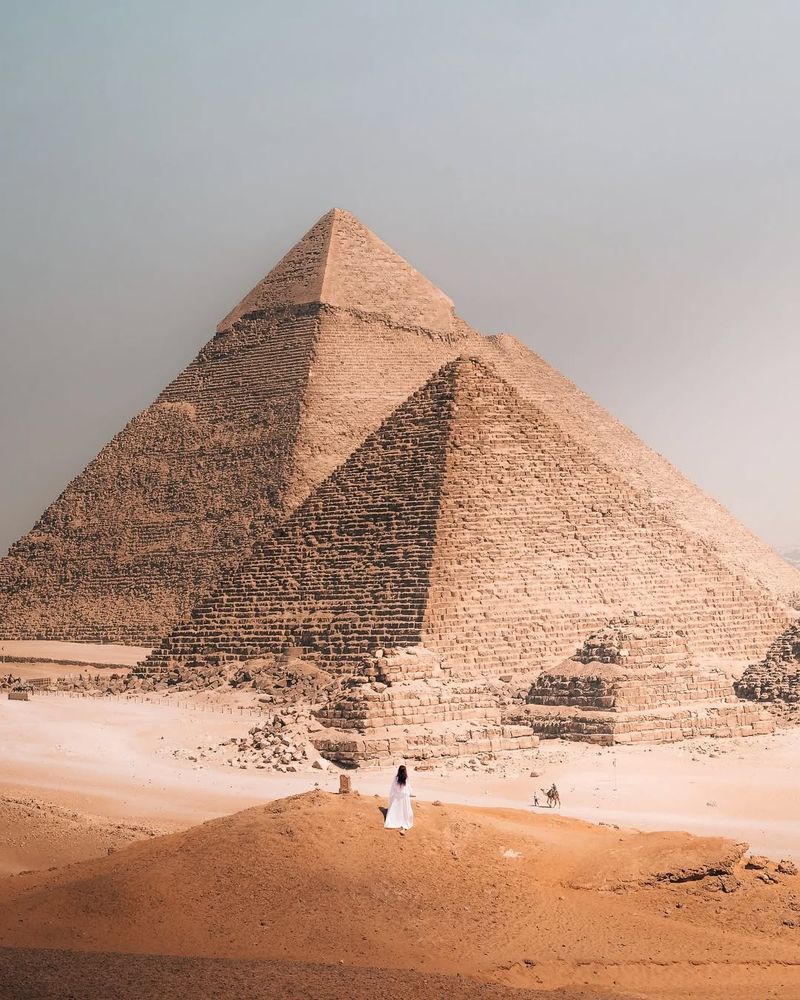
The Great Pyramid of Giza doesn’t just stand, it commands attention.
Have you ever stood in front of something so massive that you couldn’t quite wrap your head around it? That’s how I felt when I first laid eyes on it. It’s a mind-boggling mix of precision and mystery.
Every limestone block feels like it’s holding a secret, and I couldn’t help but wonder about the people who built it. Standing at 146.6 meters originally, it’s still the tallest of Egypt’s pyramids.
If you’ve ever wondered about ancient Egypt’s ingenuity, this is where you’ll get your answers.
2. Pyramid of Cestius, Rome, Italy
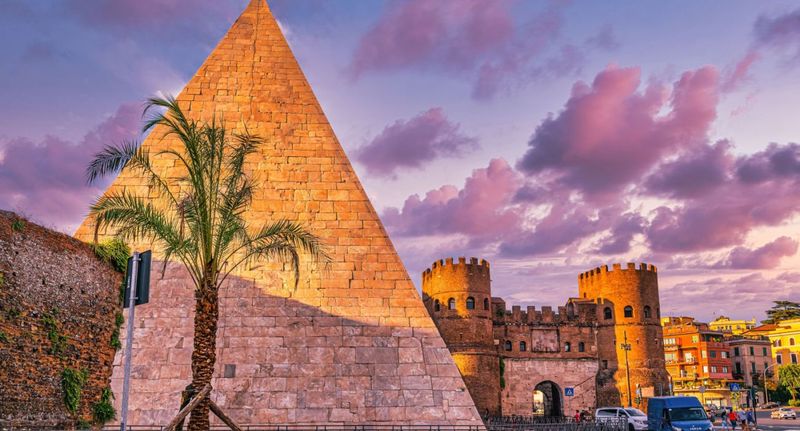
A pyramid in the middle of Rome? It’s not the first thing you’d expect in the Eternal City. But there it is, sitting peacefully between ancient Roman ruins.
The Pyramid of Cestius is different from what you’d find in Egypt, smaller, yes, but still striking. Did you know it was built to house the tomb of a Roman magistrate, Gaius Cestius? I found its white marble exterior almost gleaming against Rome’s weathered skyline.
It’s a unique fusion of Roman and Egyptian architecture, making it a fascinating stop when you explore the city.
3. Pyramid of the Sun, Teotihuacan, Mexico
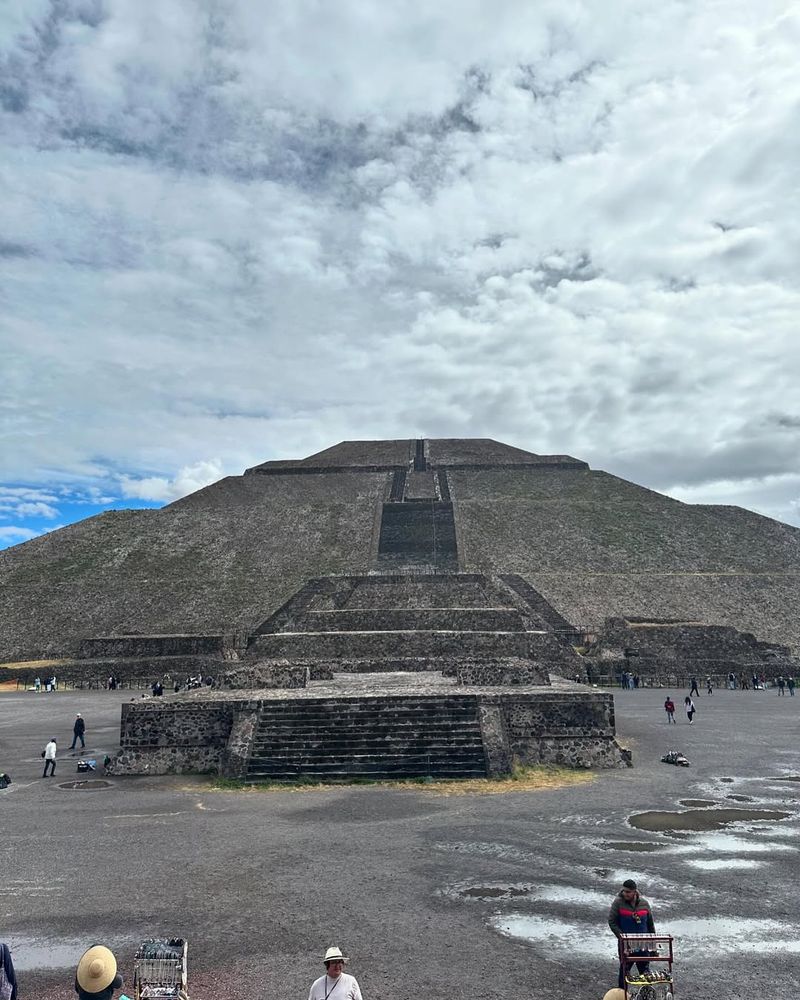
This pyramid hits you with grandeur from the moment you see it. The Pyramid of the Sun in Teotihuacan is massive, one of the largest in the world.
Have you ever climbed something so steep that you felt like you were reaching for the sky? When I scaled its steps, the view from the top took my breath away. The ancient city sprawls beneath you, a testament to the civilization that once thrived here.
This pyramid wasn’t just a tomb, it was a center for ceremonies, connecting the past with the present.
4. Pyramid of the Moon, Teotihuacan, Mexico
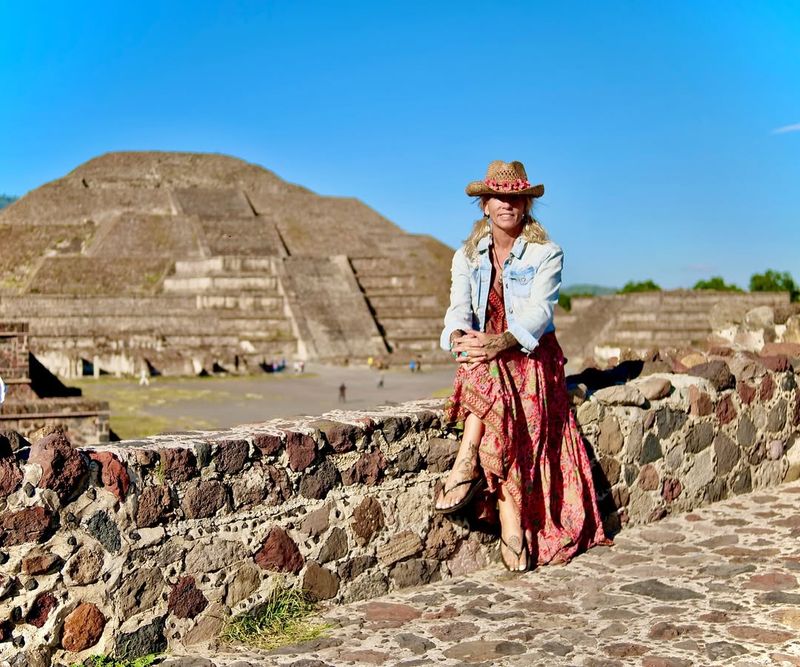
Right next to the Pyramid of the Sun stands the Pyramid of the Moon, which, despite being smaller, holds its own in terms of mystique. Positioned at the end of the Avenue of the Dead, this pyramid is shrouded in mystery.
Ever wondered about the spiritual significance of a place? This pyramid was a key site for rituals, including sacrifices. As I walked its steps, I couldn’t help but feel the ancient energy surrounding it.
Standing on top offers a wide view of the ancient city, giving you a sense of what it was like all those years ago.
5. Pyramid of Khafre, Giza, Egypt

Next up is the Pyramid of Khafre, which might not be as famous as the Great Pyramid, but it’s no less spectacular. It’s the second tallest of the Giza pyramids and has something unique, the original casing stones at the top, which give you a glimpse of its former glory.
Standing in front of it, I thought about the Pharaoh Khafre, whose tomb this pyramid is meant to house. Paired with the nearby Sphinx, this pyramid is an essential stop for any Egypt lover.
It’s one of those places where you can almost hear the whispers of history.
6. Pyramid of Menkaure, Giza, Egypt
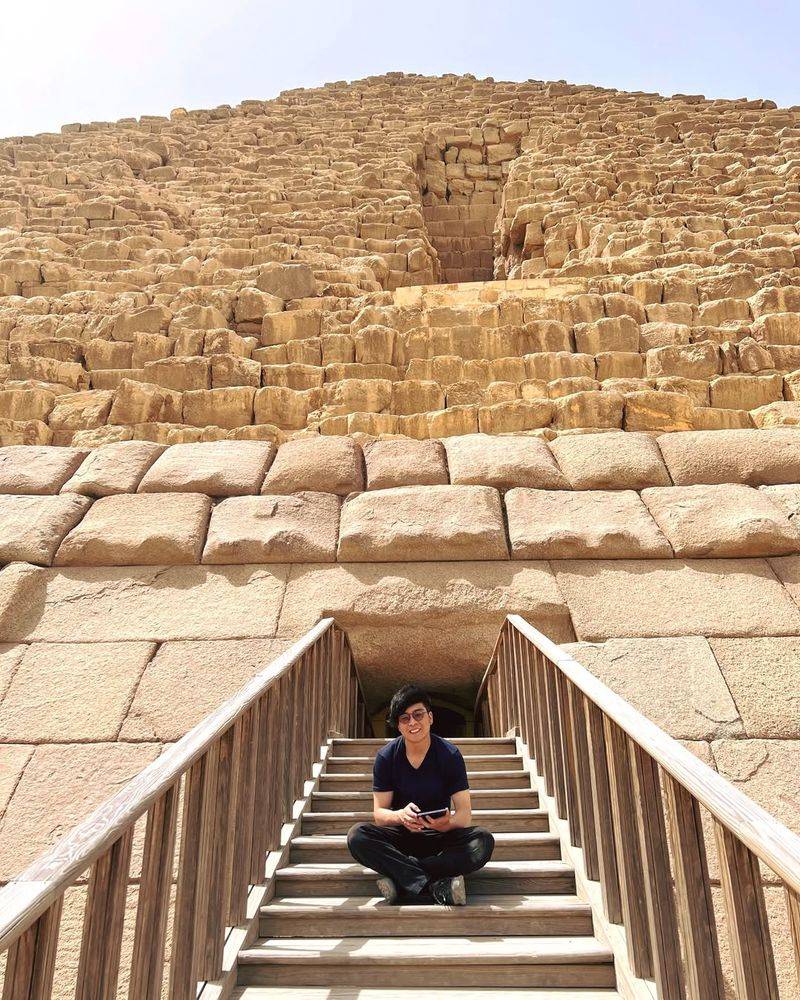
At first glance, the Pyramid of Menkaure might seem a little overshadowed by its larger neighbors, but that doesn’t mean it lacks its own appeal.
Built for Pharaoh Menkaure, it’s the smallest of the three Giza pyramids, but it holds a unique charm. Have you ever been drawn to something because it’s different, not because it’s bigger or flashier? That’s how I felt about this one.
Its red granite base stands out against the limestone, adding a touch of contrast. It’s quieter, more intimate, but still full of ancient wonder.
7. The Bent Pyramid, Dahshur, Egypt
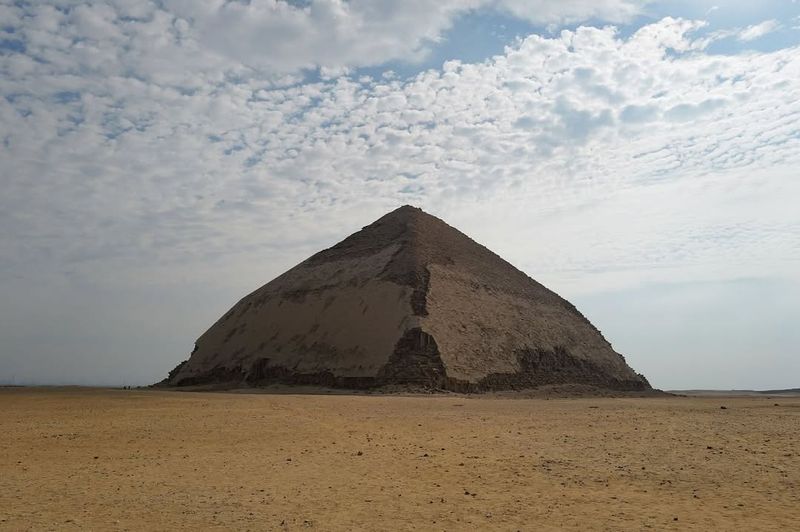
Why is the Bent Pyramid unique? It’s fascinating due to its sudden change in angle. Located at Dahshur, it stands as an evidence to the architectural evolution of ancient Egypt.
Did you know it’s one of the earliest pyramids in history? Standing before it, I was intrigued by its bent sides, a result of an engineering adjustment during construction. This pyramid reflects the learning curve of ancient builders as they perfected pyramid construction.
Explore the Bent Pyramid to witness history’s trial and error. It’s a mesmerizing site that offers insights into the minds of ancient architects. Discover the ingenuity and determination that led to its creation and appreciate its historical significance.
8. Red Pyramid, Dahshur, Egypt
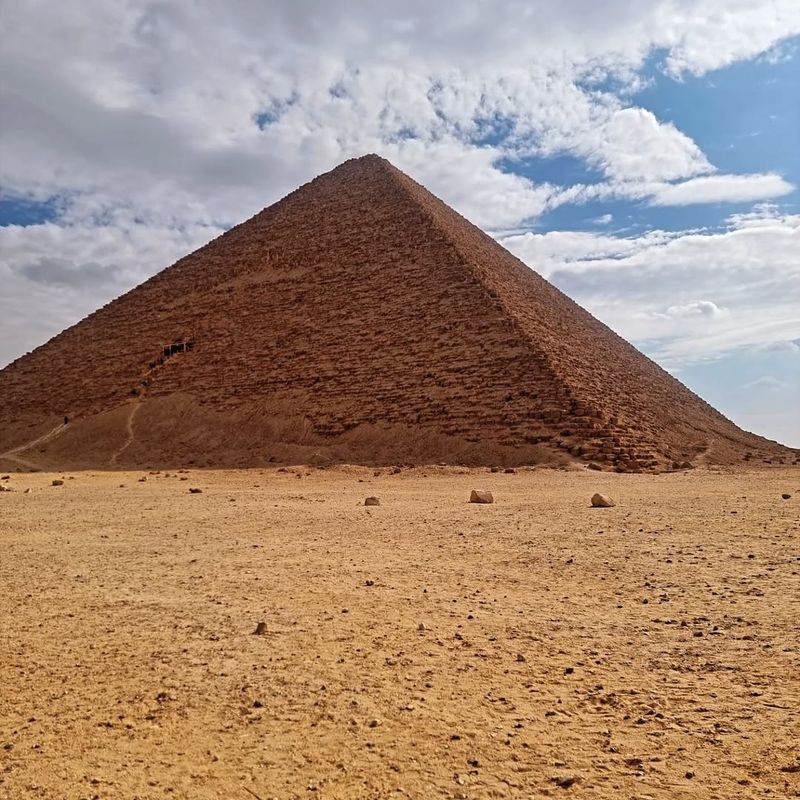
The Red Pyramid stands as one of the most significant steps in pyramid evolution. It’s massive, with smooth sides that represent a leap forward in design.
What struck me the most was its striking red hue, which comes from the reddish limestone used to build it. This pyramid marked a shift from step-sided to smooth-sided pyramids, and it feels like an important milestone in pyramid design.
If you’re into architecture or engineering, the Red Pyramid is a must-see, it’s like standing in the middle of a historical breakthrough.
9. Pyramid of the Magician, Uxmal, Mexico
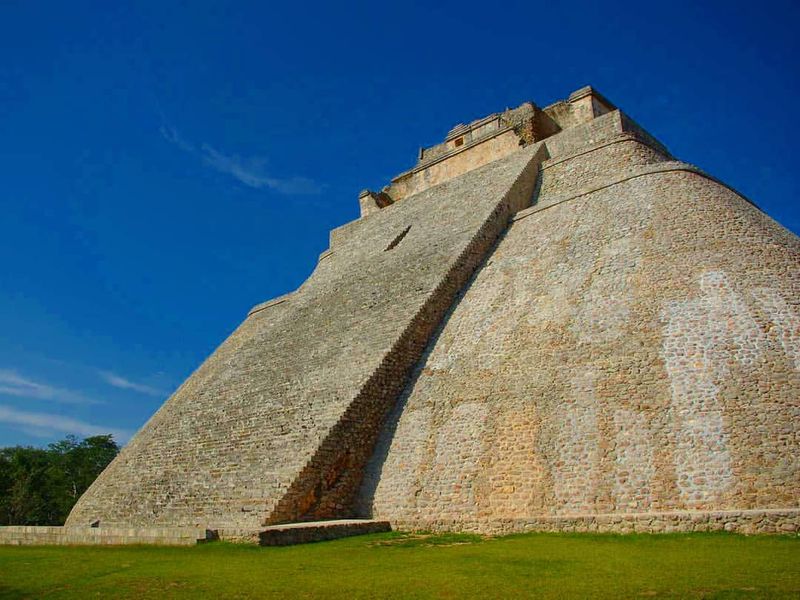
This pyramid at Uxmal catches the eye with its elliptical base. Known as the Pyramid of the Magician, it’s steeped in legend and mystery.
How did it earn its name? The tales suggest it was magically built overnight. The structure consists of five levels, each bearing unique carvings and inscriptions. I felt the mystical aura as I walked around it, appreciating its Mayan heritage.
It’s proof of the architectural ingenuity of civilization. Visiting Uxmal offers a glimpse into the world of the Mayans. This pyramid is a focal point of the site, drawing you into its stories and leaving you with a sense of wonder and curiosity.
10. The Step Pyramid of Djoser, Saqqara, Egypt
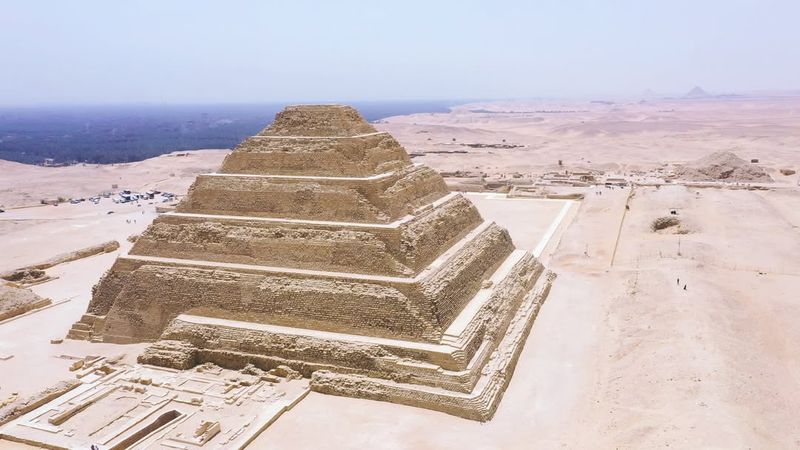
Did you know the Step Pyramid of Djoser is considered the first pyramid ever built? It’s a revolutionary structure at Saqqara, setting the foundation for later developments in pyramid construction.
Its design, a series of mastabas stacked atop one another, marks a significant evolution in architectural techniques. Walking around it, you can feel the weight of history. I found its layered appearance fascinating, a symbol of early ambition.
Explore the Step Pyramid and discover the ingenuity that defined an era. It’s more than just a tomb, it’s a monument to human creativity and vision. Experience the beginnings of Egypt’s pyramid legacy as you wander through its ancient grounds.
11. The Pyramid of Hellinikon, Greece
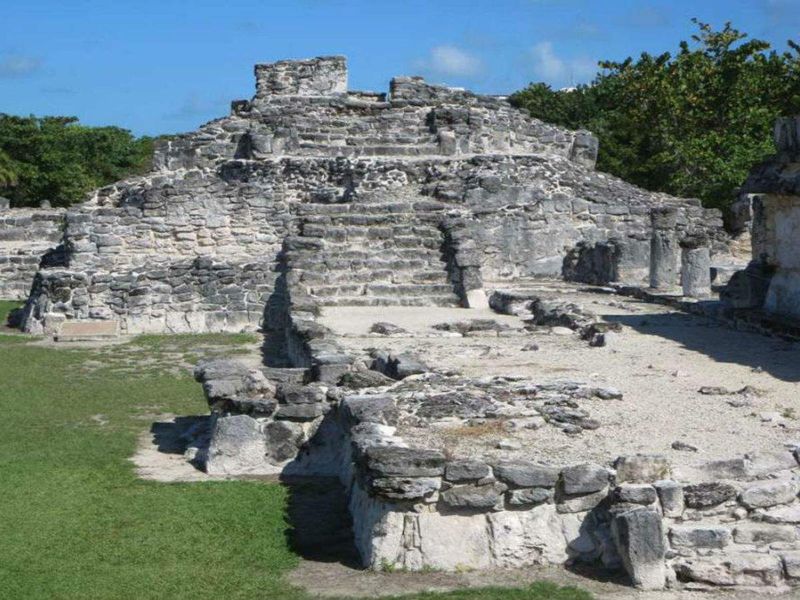
Where in Greece can you find a pyramid? The Pyramid of Hellinikon is a unique anomaly, nestled in the Greek landscape. It’s smaller, but its mystery makes it intriguing.
What was its purpose? Was it a tomb or perhaps a watchtower? No one knows for sure. When I visited, I found myself contemplating its place in history. Its simplicity, coupled with the theories surrounding its use, make it an interesting stop for anyone curious about ancient structures.
This lesser-known pyramid is a hidden gem, offering a different perspective on pyramid construction.
12. The Pyramid at Caral, Peru
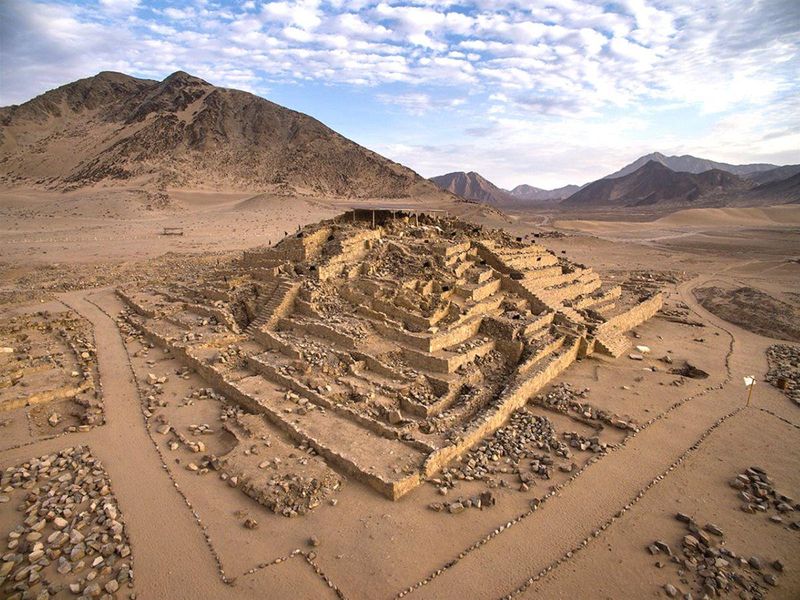
The Pyramid at Caral in Peru is one of the oldest pyramids in the Americas, and it’s part of the ancient Caral-Supe civilization. Walking around it, I was struck by the advanced architectural knowledge the civilization must have had.
It’s not as massive as the pyramids in Egypt, but it’s still impressive in its scale and design. What fascinated me most was how well-preserved it is, giving a glimpse into the early urban development of Peru.
Visiting Caral felt like stepping back into the past, seeing the roots of one of the earliest known societies in the Americas.
13. The Nubian Pyramids, Sudan
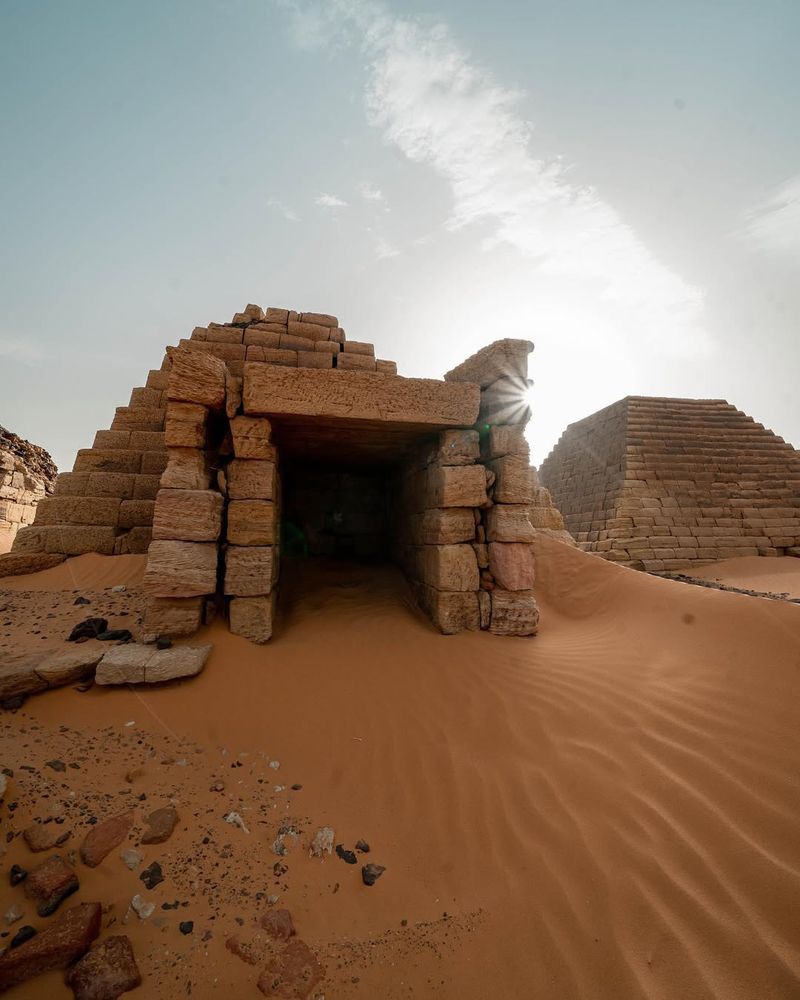
The Nubian Pyramids in Sudan might be lesser-known than Egypt’s, but they’re just as fascinating. These pyramids, located at Meroe, have a distinct, steep shape that sets them apart.
Did you know that Sudan actually has more pyramids than Egypt? These pyramids were built for the kings and queens of the Kingdom of Kush. Standing among them, I couldn’t help but feel like I was discovering a hidden chapter of African history.
The Nubian Pyramids are a confirmation to a once-powerful civilization, offering a different kind of pyramid experience.
14. The Pyramid of Tlachihualtepetl, Mexico
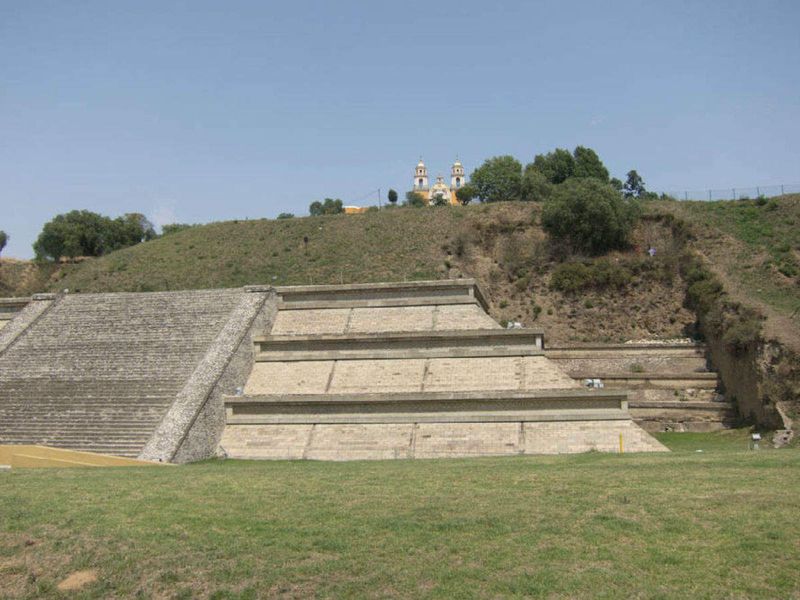
Why is the Pyramid of Tlachihualtepetl extraordinary? It’s the largest pyramid by volume in the world, located in Cholula, Mexico.
It’s so massive that the Great Pyramid of Giza would fit inside its base. What’s even more interesting is the church that sits atop this ancient structure, fits two cultures into one site. As I explored it, I was struck by how both ancient and colonial histories converge here.
This pyramid is one of a kind, offering a fascinating look at how civilizations evolve and blend over time.
15. The Pyramid of Ahmose, Abydos, Egypt
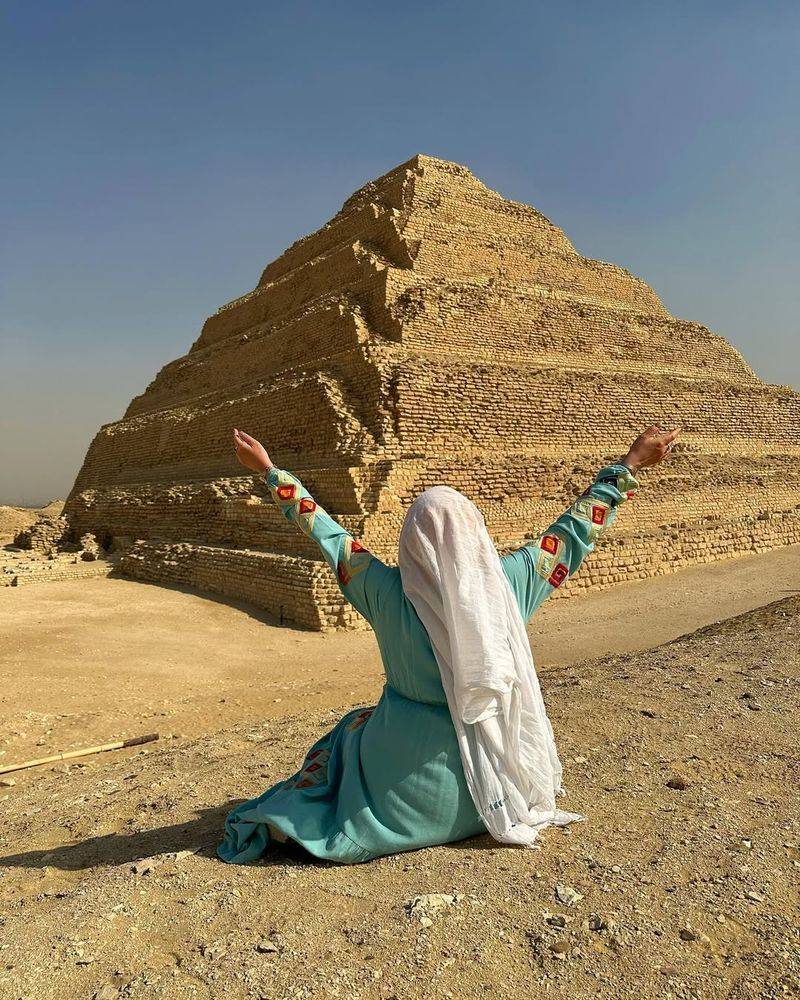
Though not as famous as Giza’s pyramids, the Pyramid of Ahmose holds a unique place in history. It’s located at Abydos, an ancient necropolis with deep historical roots.
Are you curious about its significance? It marks the transition from the Second Intermediate Period to the New Kingdom. Standing before its remains, I felt the weight of its historical importance.
This pyramid, though partially ruined, is a symbol of Egypt’s resilience and continuity. Explore Abydos and discover the stories embedded in the Pyramid of Ahmose.
It’s a journey into a transformative era in Egyptian history. Appreciate the legacy of Ahmose and the enduring spirit of ancient Egyptian culture.
